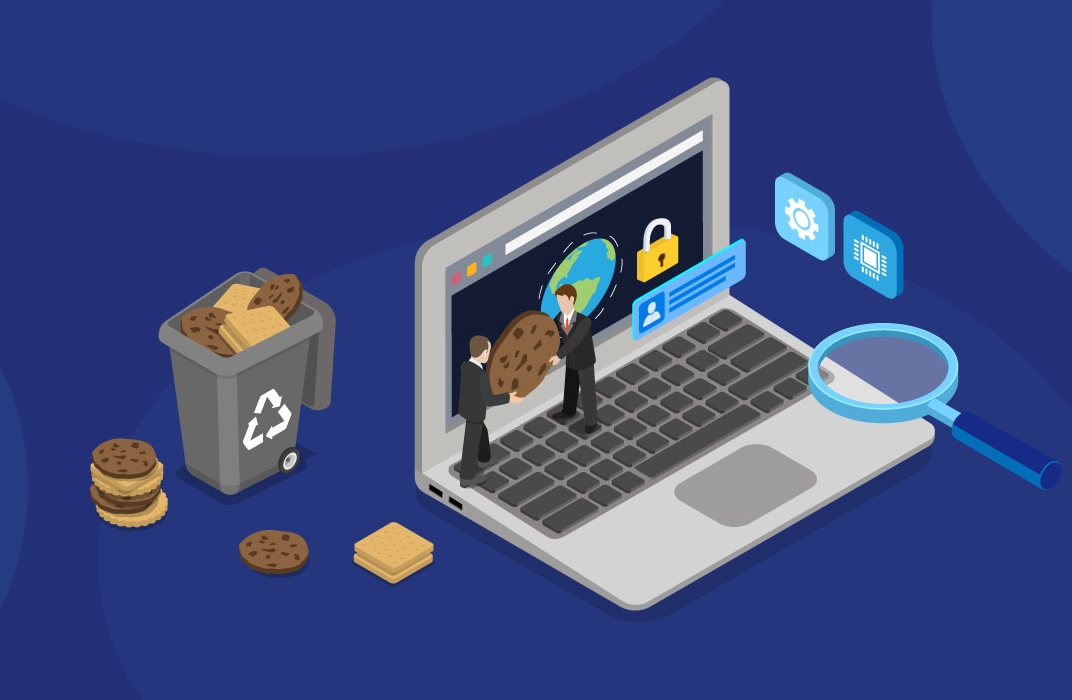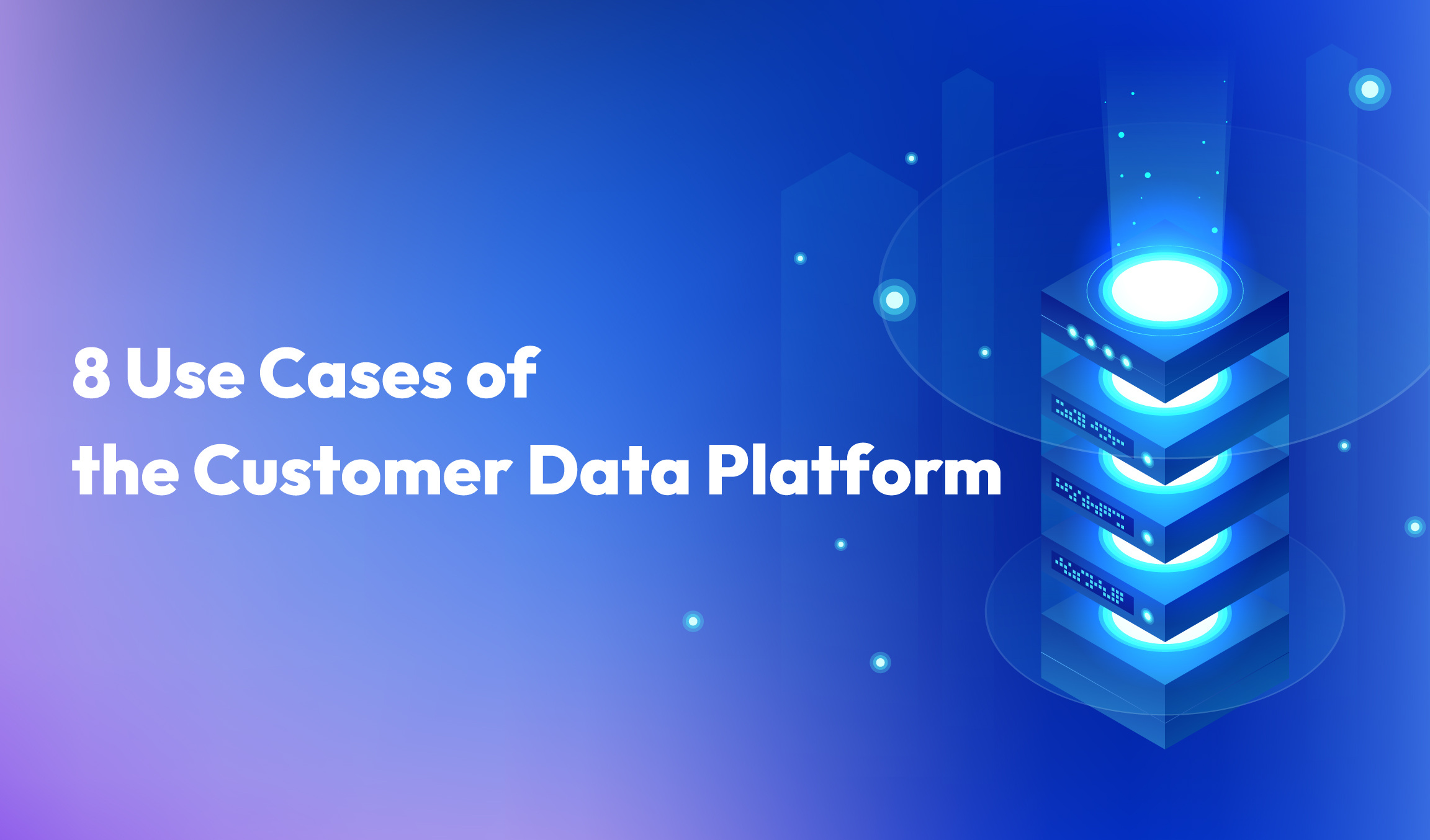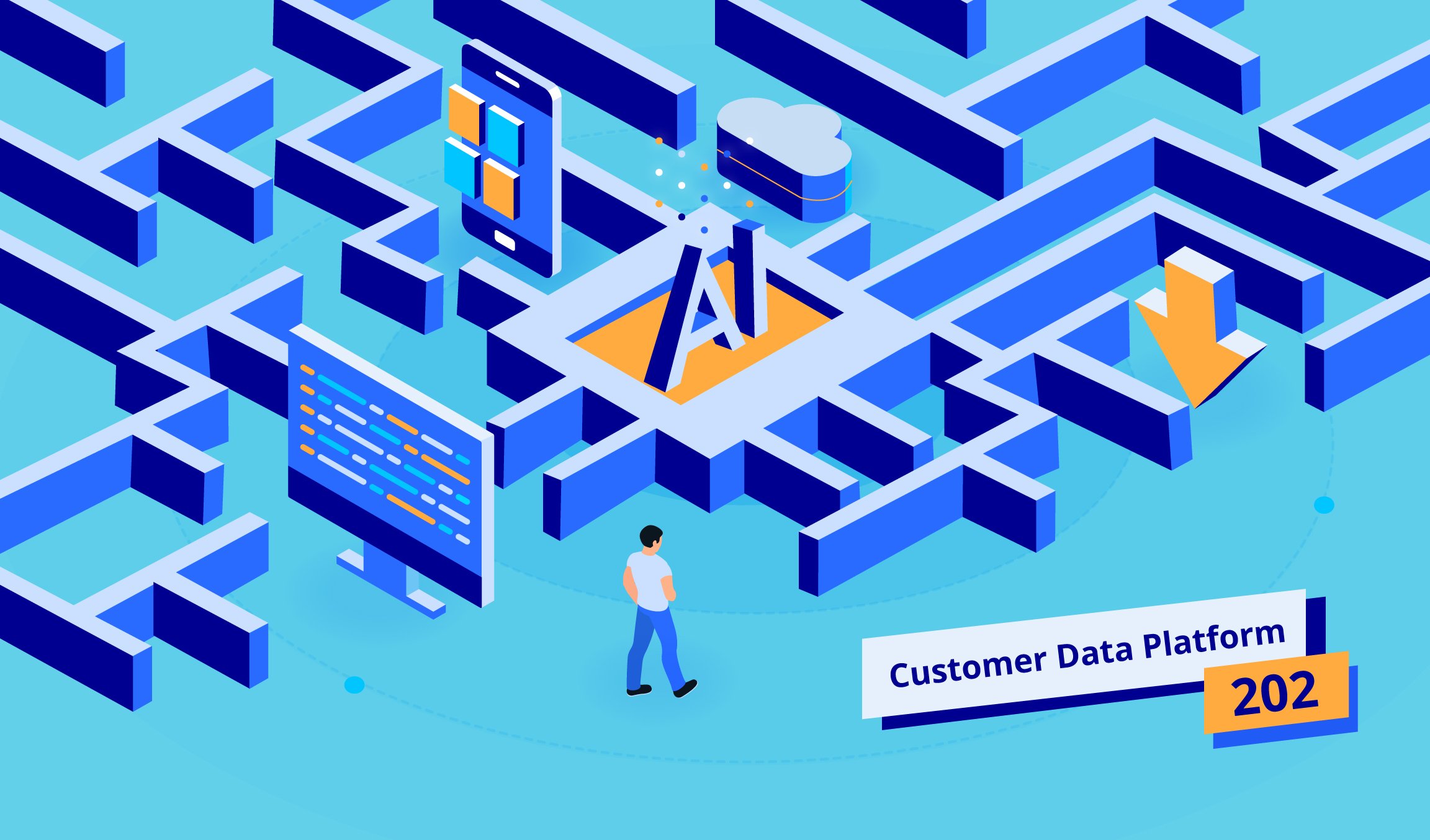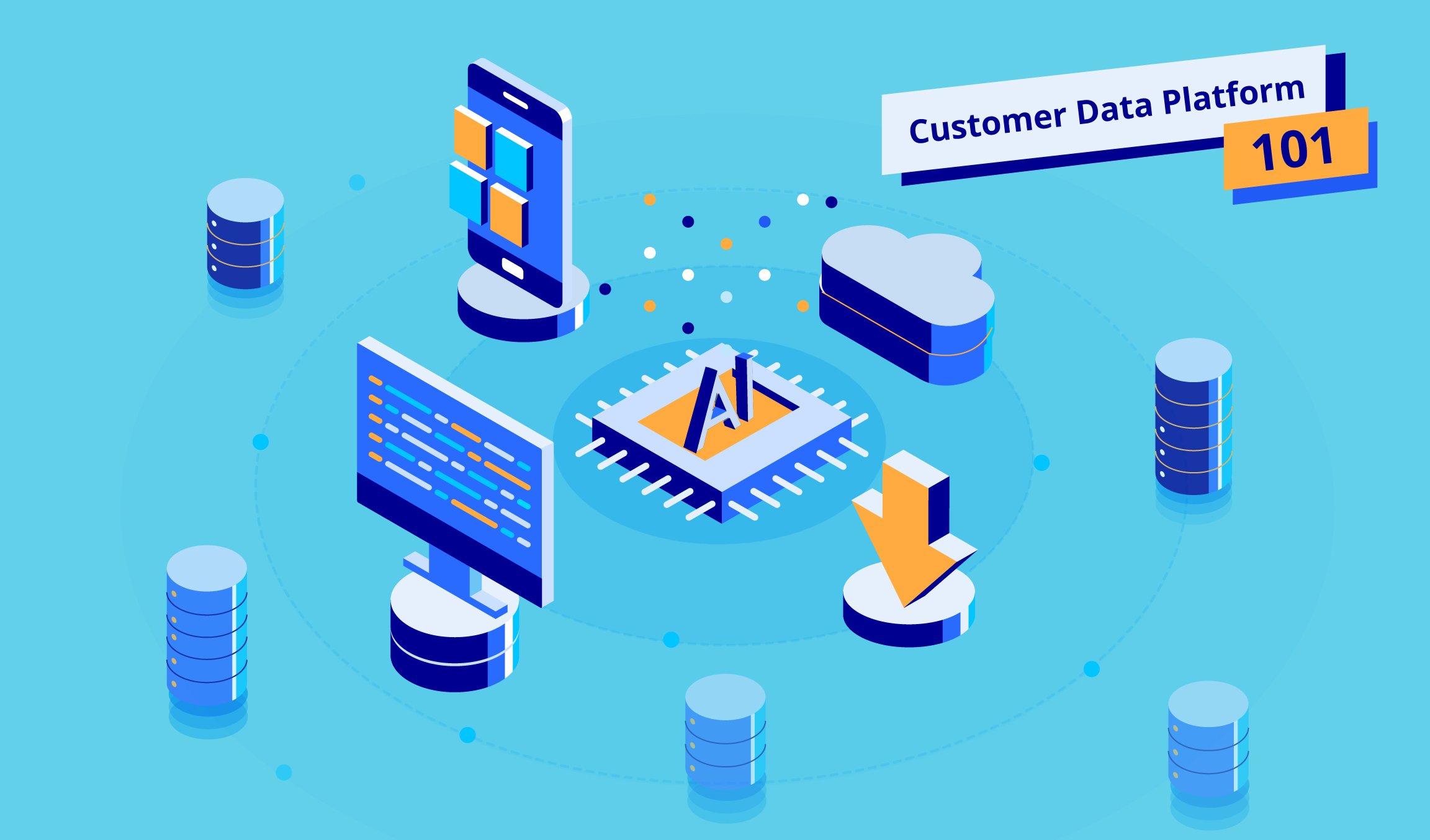5 min read
By now, we should have recovered from the initial shock of Google’s announcement that it would soon cease to support third-party cookies on its web browser, Chrome. While it may be difficult to imagine advertising without third-party tracking, which many have called the backbone of the online advertising ecosystem, it is a reality we must soon face. Even with Google’s delayed timeline for phasing out these cookies, marketers are still following a tight schedule to rethink and reinvent its advertising strategy in a cookieless and privacy-focused world--and rightly so.
As with any business challenge in this rapidly changing world, there are steps companies can take to prepare, adapt and ultimately, thrive. In fact, with third-party cookies going away, what marketers will be tested on now is how well they can engage their visitors across channels.
To prepare for the challenge, here is a list of actions businesses can take now and where Appier’s customer data science platform, AIXON, can be of assistance.
1. Unify your first-party data
Without third-party cookies, a marketer’s remaining data sources become even more important to understand who its users are and what they care about. In other words, this is the time for first-party data to shine. First-party data is any data you collect directly from your audience. The fact that the data is collected from your audience makes it extremely useful for you because of its relevance and accuracy.
To better utilize first-party data, companies should start by unifying all the data they are collecting for each user from different sources and visits. The unification process creates a more comprehensive user profile complete with user behavior and demographic information. There are two approaches to first-party data unification: deterministic matching and probabilistic matching.
Deterministic matching uses identifiers that are known to be true such as names and email addresses to match all the visits and activities to one user. Less certain in comparison, probabilistic matching uses less personal identifiers such as geolocation data or web browser and probability to match them up.
Intelligent ID Graph: For first-party data unification, AIXON uses both the deterministic and probabilistic approaches. The AI aspect of AIXON is especially important for the probabilistic approach as it creates what we call an “intelligent ID graph” for matching all relevant data to a user. The accuracy rate of AIXON’s intelligent probabilistic matching is upwards of 95%, making it especially useful in recognizing anonymous traffic to your website.
2. Invest in alternative ways to enrich your data
Perhaps the biggest challenge resulting from the demise of third-party cookies is how to add value to your first-party data. Marketers have traditionally relied on third-party data to fill any of the gaps in information that may exist in first-party data alone. It may not be a perfect science, but third-party data reduces the guesswork in customer profiles.
To continue to enrich data without third-party data, marketers can focus their efforts on extrapolating users’ preferences from limited first-party data. They can attempt to predict keywords that represent the unique interests each user may have, which, when looked at all together with user behavior, can provide valuable insights as to what each user is searching for.
Additional Tags & Expanded Interests: For data enrichment, the platform’s knowledge graph allows the model to predict users’ interests based solely on the first-party data provided. By combining its intrinsic knowledge base and users’ on-site behavior, AIXON can then infer additional tags for users. These additional tags form a list of expanded interests that AIXON identifies with each user and adds an additional layer of information for marketers to segment and target them.
3. Analyze your data, predict behavior and adjust your strategy accordingly
Once you have unified and enriched your data, you need to analyze it for insights. Without this crucial last step, you have just taken up a lot of storage space for no purpose. For marketers, data analysis allows for the discovery of user behavioral patterns and existing barriers to conversions as well as the creation of new strategies.
With or without third-party data, this part should be an integral part of your business operations. As customers get smarter and the competition fiercer, the only way for marketers to compete for business is by knowing their audience better and anticipating their wants and needs.
Scenario-Based AI Models: Once the user profile is as comprehensive as can be, this is when AIXON’s AI models come into play. AIXON currently has multiple scenario-based AI models for functions including analyze and segment, multi-segmentation, predict events, predict churn, find lookalike, and compare users. Each model does what its name says in order to help marketers come up with an effective marketing strategy. More are being developed based on industry trends and client feedback, and they will be added into the platform when ready.
These insights will ultimately help marketers decide whom to target and how, and they will set you up to optimize your marketing campaigns.
* Hopefully, you are feeling less anxious about a cookieless future at this point. If you are interested in learning more about AIXON and how it can help you prepare, reach out to request a personalized demo.






